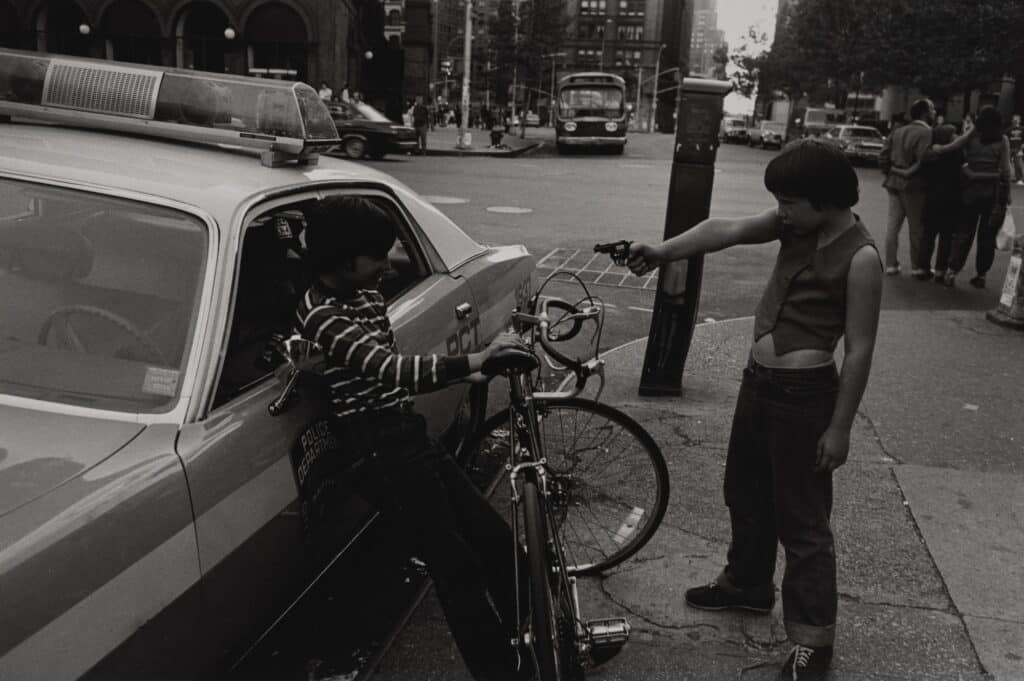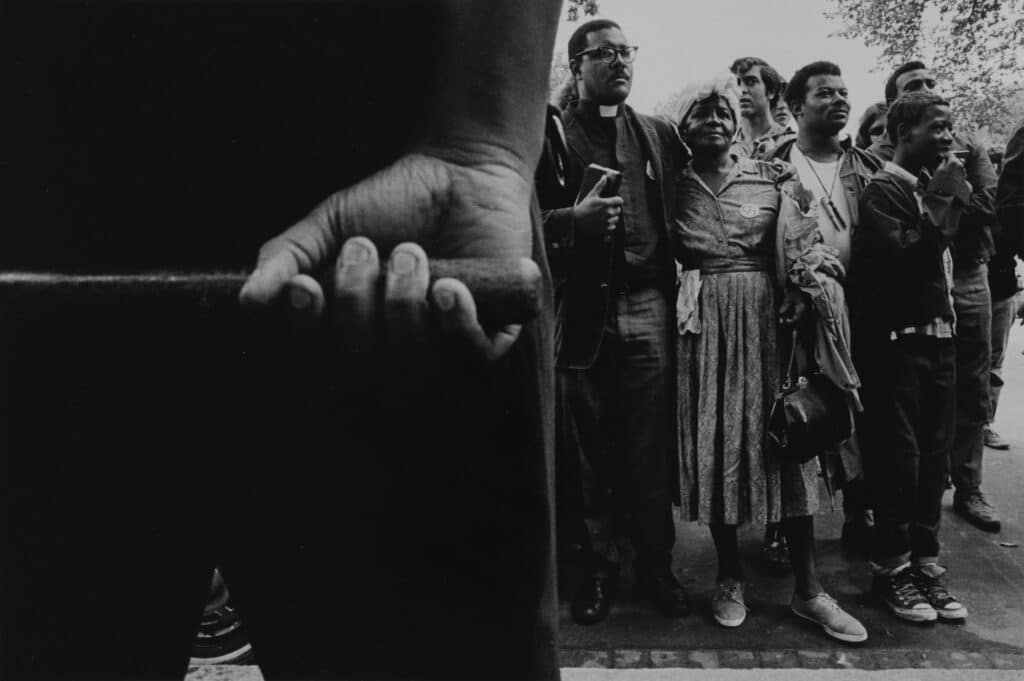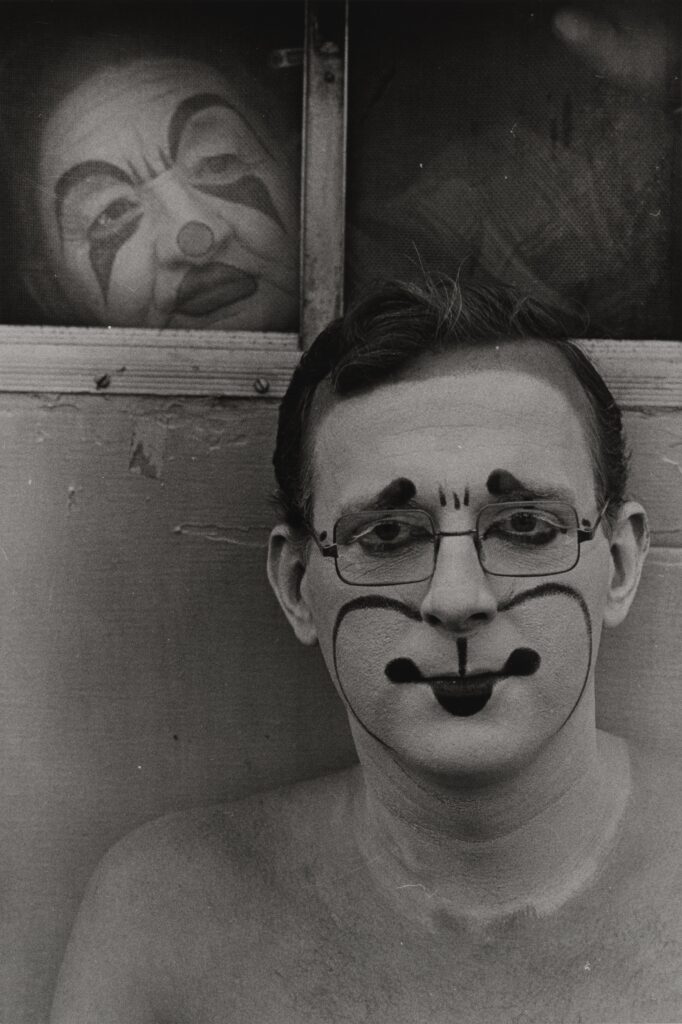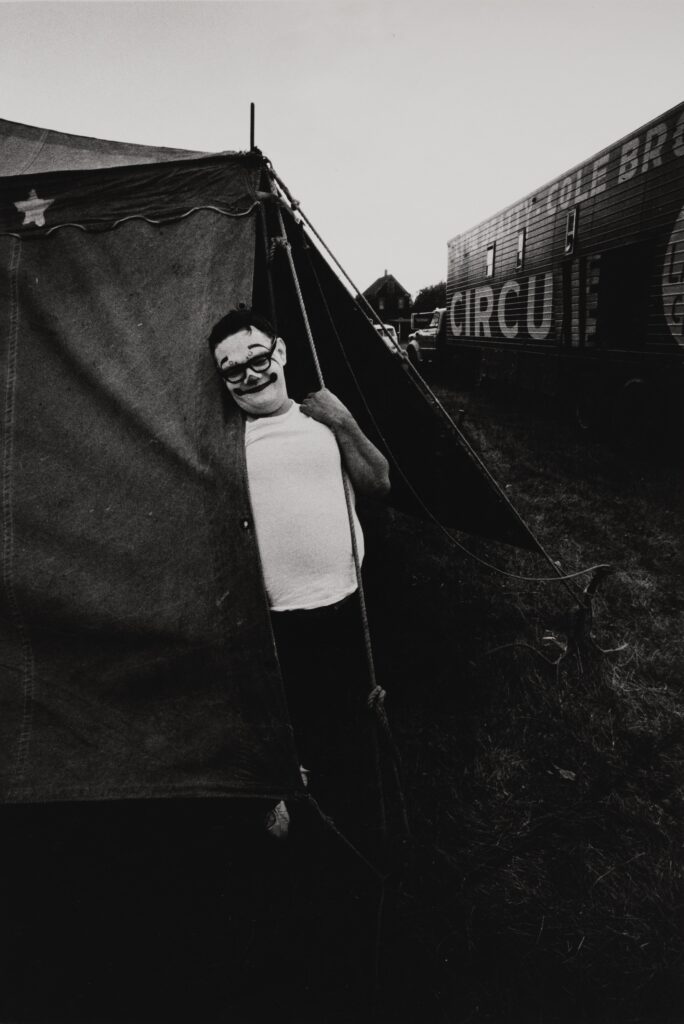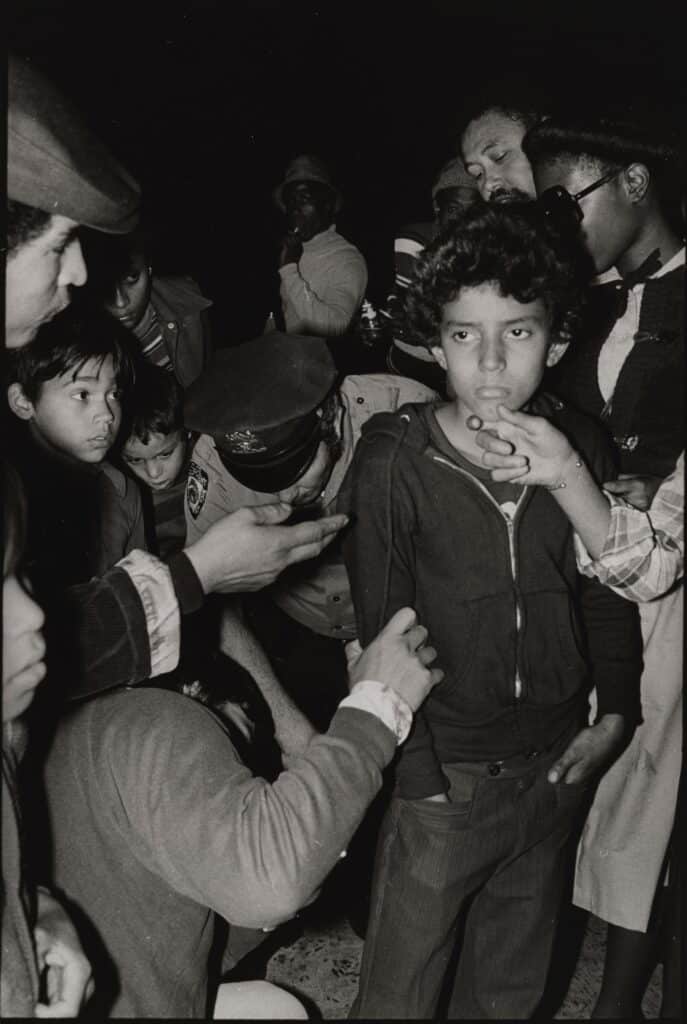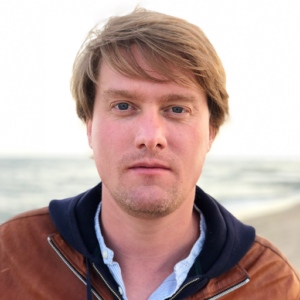In the first exhibition in France dedicated to the photographer, we discover the three worlds that Freedman photographed during her career: the streets of New York, the March of the Poor in Washington after the assassination of Martin Luther King in 1968, and the life of a traveling circus in the Southeastern United States in the 1970s.
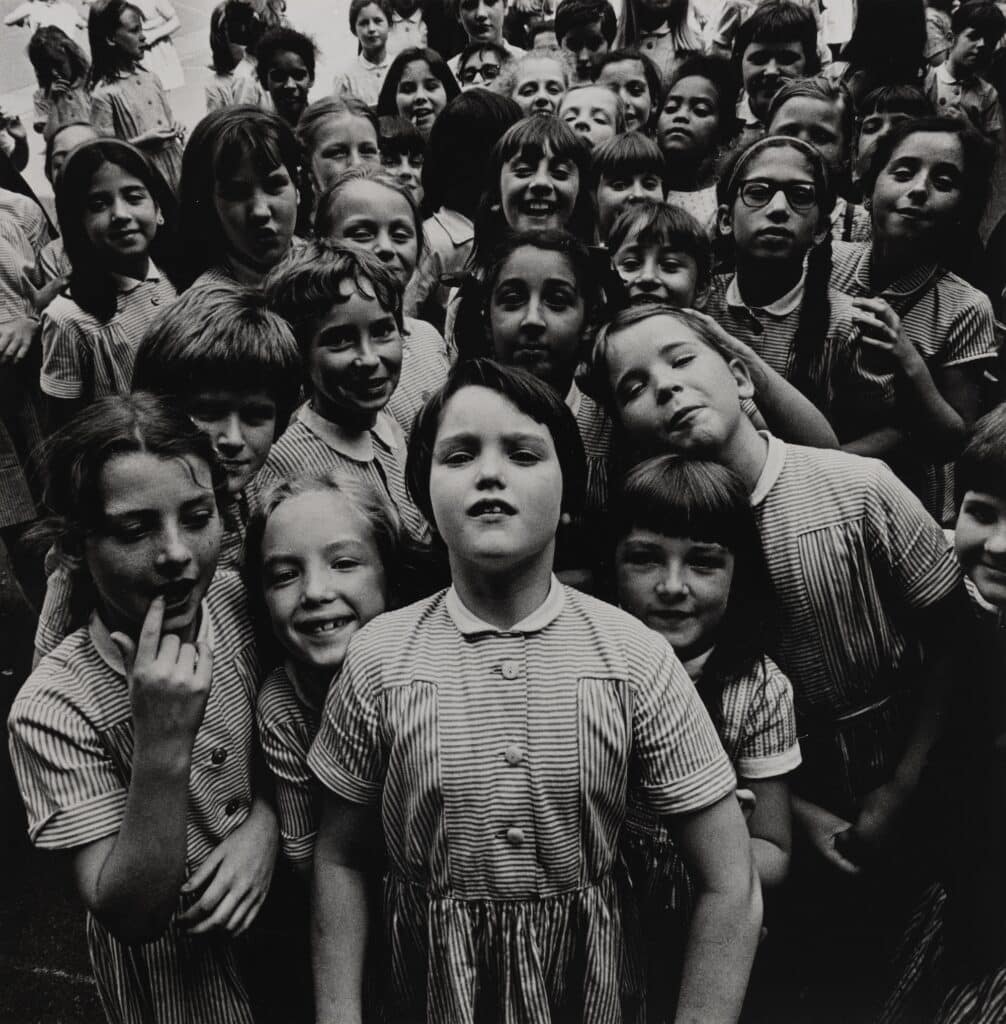
Greenwich Village
“Coming to New York is always a way of getting away from your life”
Anyone who’s met Jill Freedman knows she’s got itchy feet. No sooner did the beautiful 21 year old blonde have her degree than she set off to Israel, land of her paternal ancestors. There followed four years of wandering through Europe: Marseille, Paris (where she sang at La Contrescarpe on the Left Bank), and then London, where she earned her living singing for two years.
When she arrived in New York in 1964, the natural place to live was Greenwich Village, Ground Zero for everything creative and nonconformist, for the counterculture, and for intellectual get-togethers; a different kind of neighborhood, celebrated in both movies and photography. She spent 30 years in the Village, camera in hand, smilingly discreet, checking out the trendy spots and the frenzied streets for scenes and characters. “Coming to New York is always a way of getting away from your life, from those small-town microcosms where everyone knows everyone else. In New York you don’t have to know your neighbor, all you have to do is say hi, how you doing, see you! Crack a few jokes to people you don’t even know. I liked that straight off.”
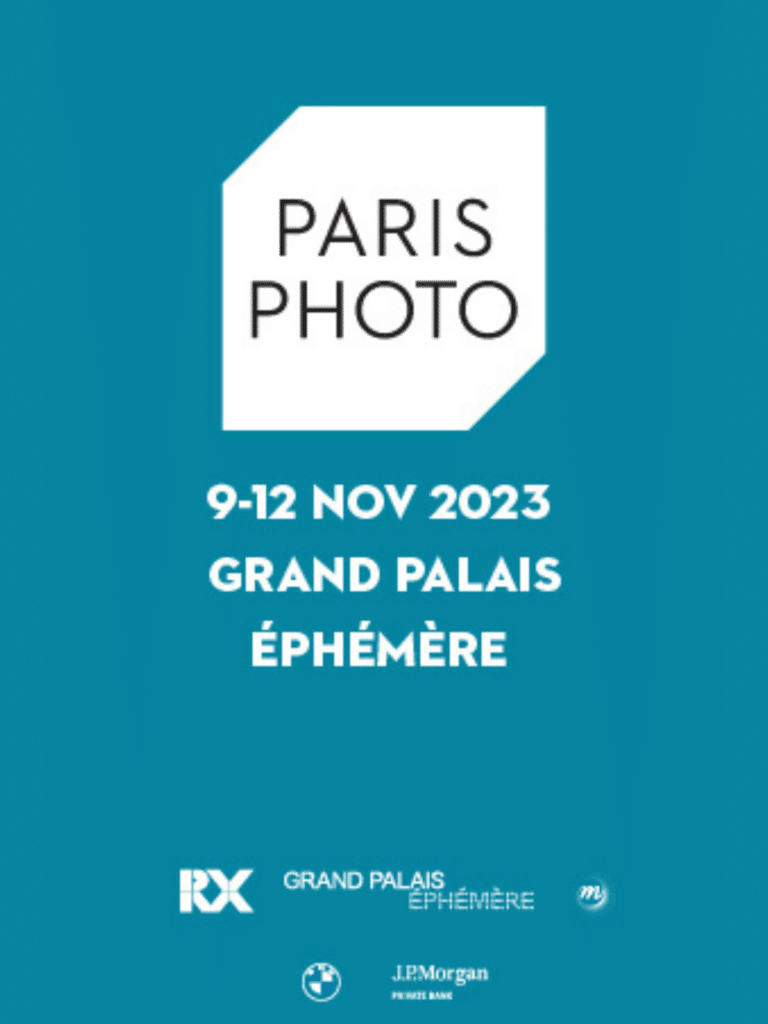
Because her pictures often treat their subjects kindly, and because they can hone in on social injustice but rarely have that “horrors of war” impact, Jill Freedman’s political commitment shows through less in them. They are not so much reactive as testimony to an upbringing that emphasized altruism. “My photos are political,” she insists, “because they give freedom a voice.” Even so, the crucial element in shaping her way of seeing was an atrocity image.
Before she bought her first camera “on a whim” in 1965, Jill Freedman was recording images in her imagination: snapshots engraved on her visual memory that were preludes to some of the photos she would take a little later on. Her subjects: the war in Vietnam, and anti-war and civil rights demonstrations.
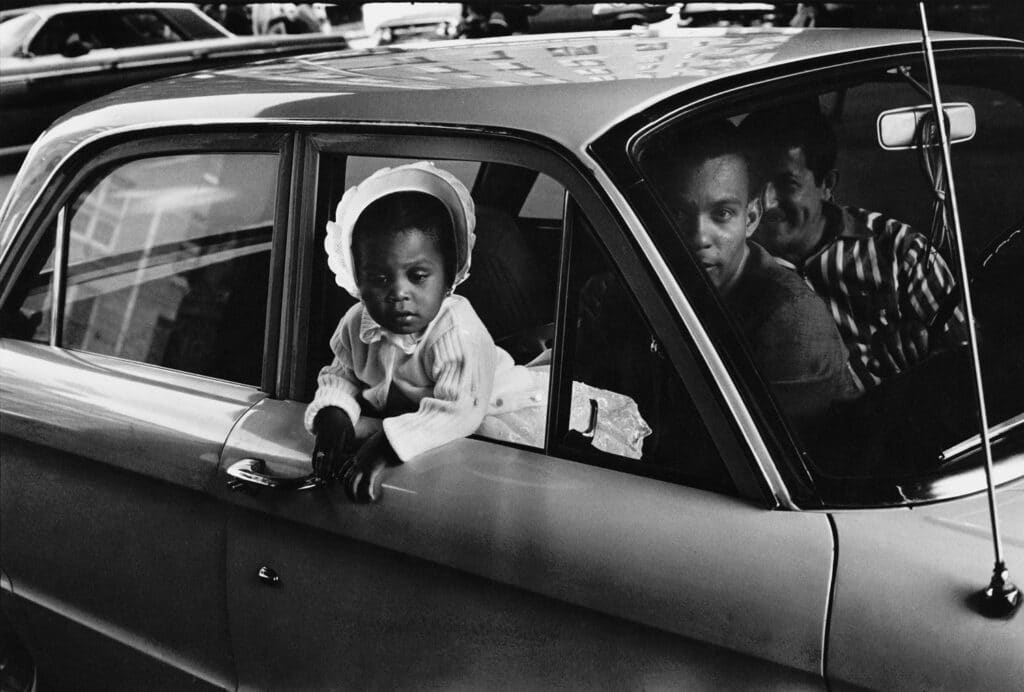
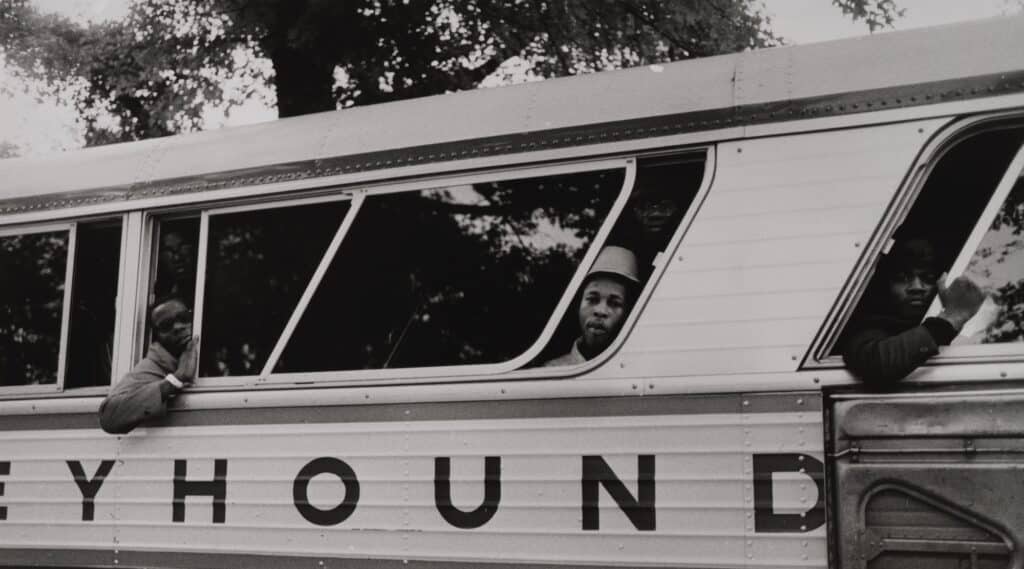
Adopted Bohemian
Freedman has always had an instinctive preference for the inaccessible, and for slipping in amongst people she knows nothing—or almost nothing—about. It would be mistaken, though, to think that this vast curiosity—the leading attribute of her own photography and the photographers she admires—has anything to do with the voyeurism emanating from some current work of this kind. Her work has always been marked by a slightly sexy naivety which is nothing other than a profound honesty—a word that today, in an art world obsessed with challenges, can seem anachronistic.
The seven books she has to her credit take us into the daily life of societies that are “closed”, at least from the point of view of the common man. Leafing through them, you can’t help thinking about the splendid sentence from Frank Zappa she once noted down: “A mind is like a parachute. It does not work if it is not open.”
“When I was a kid I’d always wanted to be adopted by gypsies”
Circus Days, published in 1975, is probably Freedman’s finest book. Under the big top of the unique Clyde Beatty-Cole Brothers Circus in the Southeastern United States, the atmosphere is an indescribably magic mix of joy and drama: a crazy tale of men and animals living side by side, told in a hundred photos imbued with an incredible tenderness. A man head to head with an elephant; a clown putting on his makeup as a cat sleeps tranquilly beside him; as far as you can get from the jungle, an elephant pushing a cage with a lion inside it; and a giant hand in hand with a tiny woman dwarf. Plus a host of portraits, people whose eyes show the same mingling of melancholy and amusement.
An adventure unlike any other—seven weeks of travelling and performances—that began almost on Freedman’s doorstep: “It all started when I met Cleopatra, a drag queen from the Village. A great lady. She told me about a circus where she rode elephants wearing a satin dress and a feather boa. I loved the story at once. I borrowed a Volkswagen kombi and headed off in search of a circus of my own. With the Clyde Beatty-Cole Brothers Circus we traveled at night, put the tents up in the morning, on a vacant lot or behind a supermarket, did two performances, and set off that night for the next town. When I was a kid I’d always wanted to be adopted by gypsies, so I was just delighted. The circus has its own rigid pecking order, with three distinct classes: actors, clowns, and workers. But with a little bit of charm I managed to find a place for myself. I also remember not having enough money to get my films developed, so I had no idea of the result until the odyssey was over.”
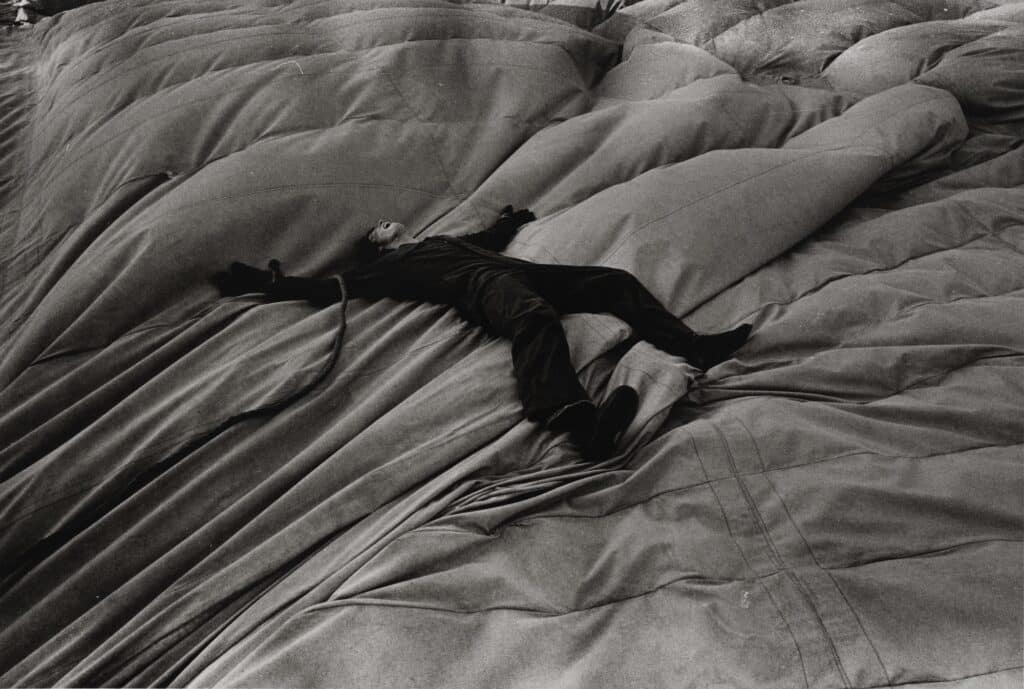
“The liberal”
Driven by curiosity and a relentless urge to understand things, Freedman then decided to hang out with New York’s firemen, a long-term project that culminated in the book Firehouse (1977). “They’re the opposite of soldiers,” she says. “They don’t take life, they bring it back.” In three different firehouses in Harlem and the Bronx, she spent two years immersed in their world: “Such handsome guys . . . But since women weren’t allowed to sleep in the dormitory, I would spend the night in the fire chief’s car. Besides, I have a rule: I never sleep with the people I’m working with.”
These explorations soon led to another legendary and even more inaccessible circle: NYPD—the New York Police Department. Long a critic of the forces of law and order, she now set out to “uncover their job from the inside, from a human point of view,” and at the same time “show what a good cop’s like.” The officers, some of them Vietnam veterans, called her “the liberal.”
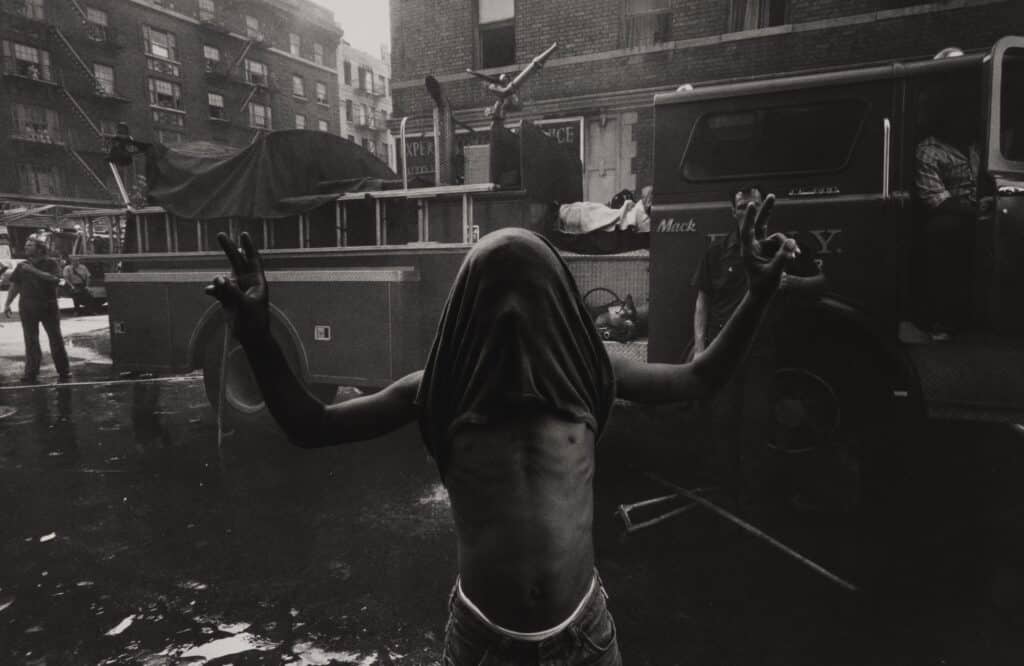
The subject matter means that the pictures in Street Cops (1982) and Firehouse, accompanied by texts she wrote herself, are more raw than usual. Night and day Freedman played the newshound the way Weegee had done before her, her camera catching the heroic, the sordid, and the bloody. She admits to having sometimes been a voyeur. But despite the oppressive atmosphere, her uncommon kindheartedness is still there, in the pictures she got of conversations, laughter, and above all rescue operations: “Street Cops was an exhibition at the Photographers’ Gallery in London, the top UK photo venue. Someone wrote in the visitors’ book, ‘Now I’ll look at them differently.’ That’s the best compliment the series could have.”
The Worlds of Jill Freedman, on view at La Galerie Rouge from September 28 to December 2, 2023.

